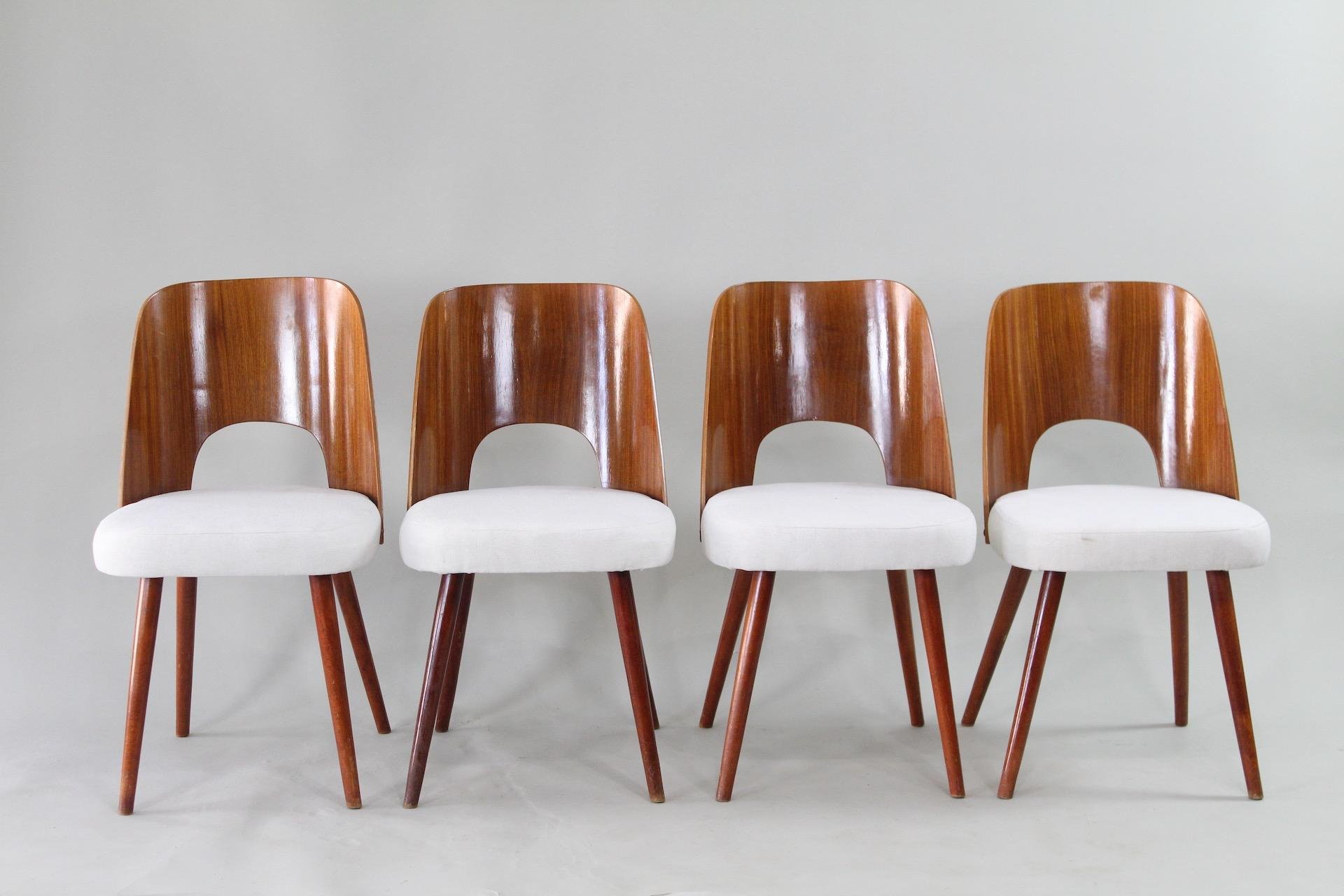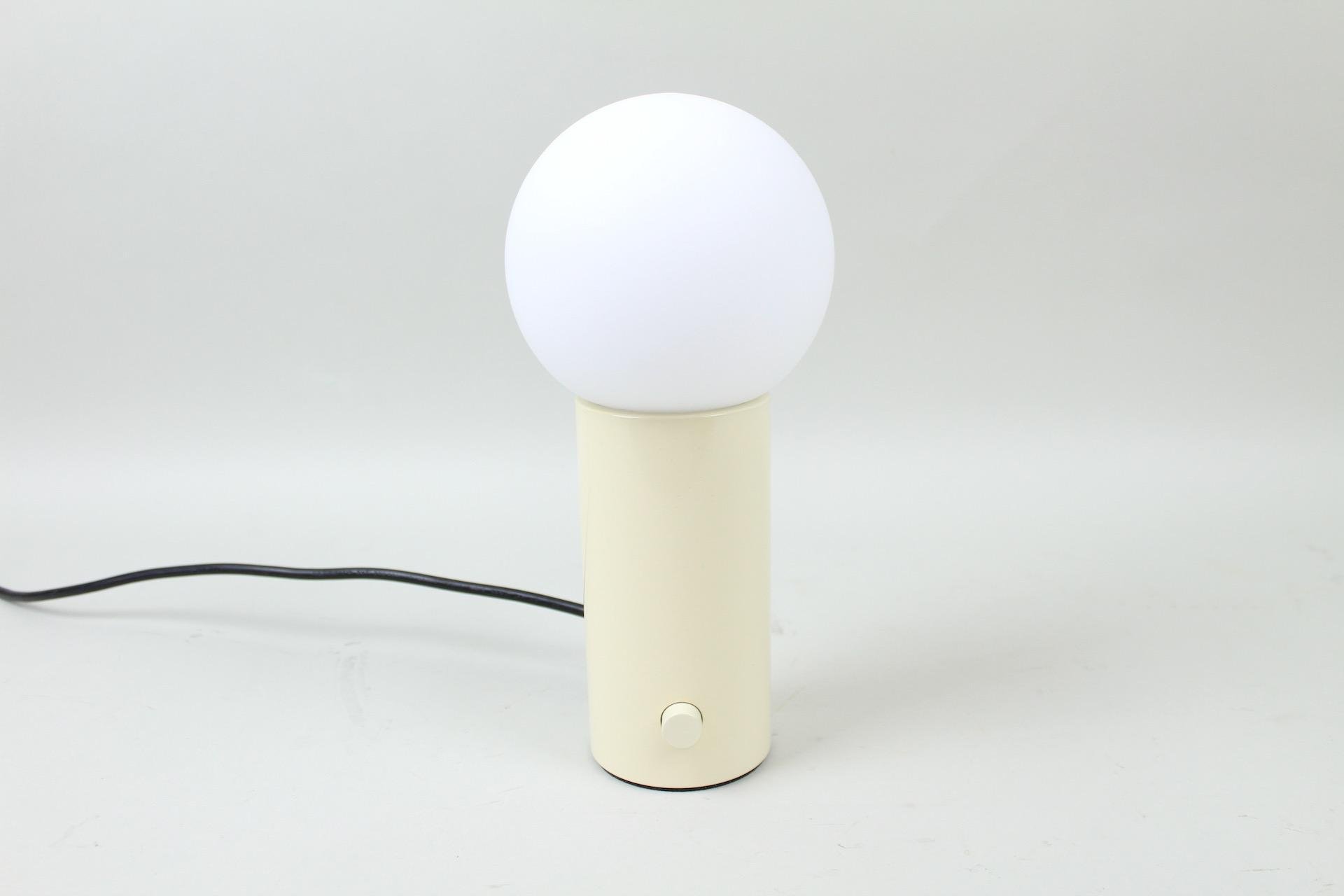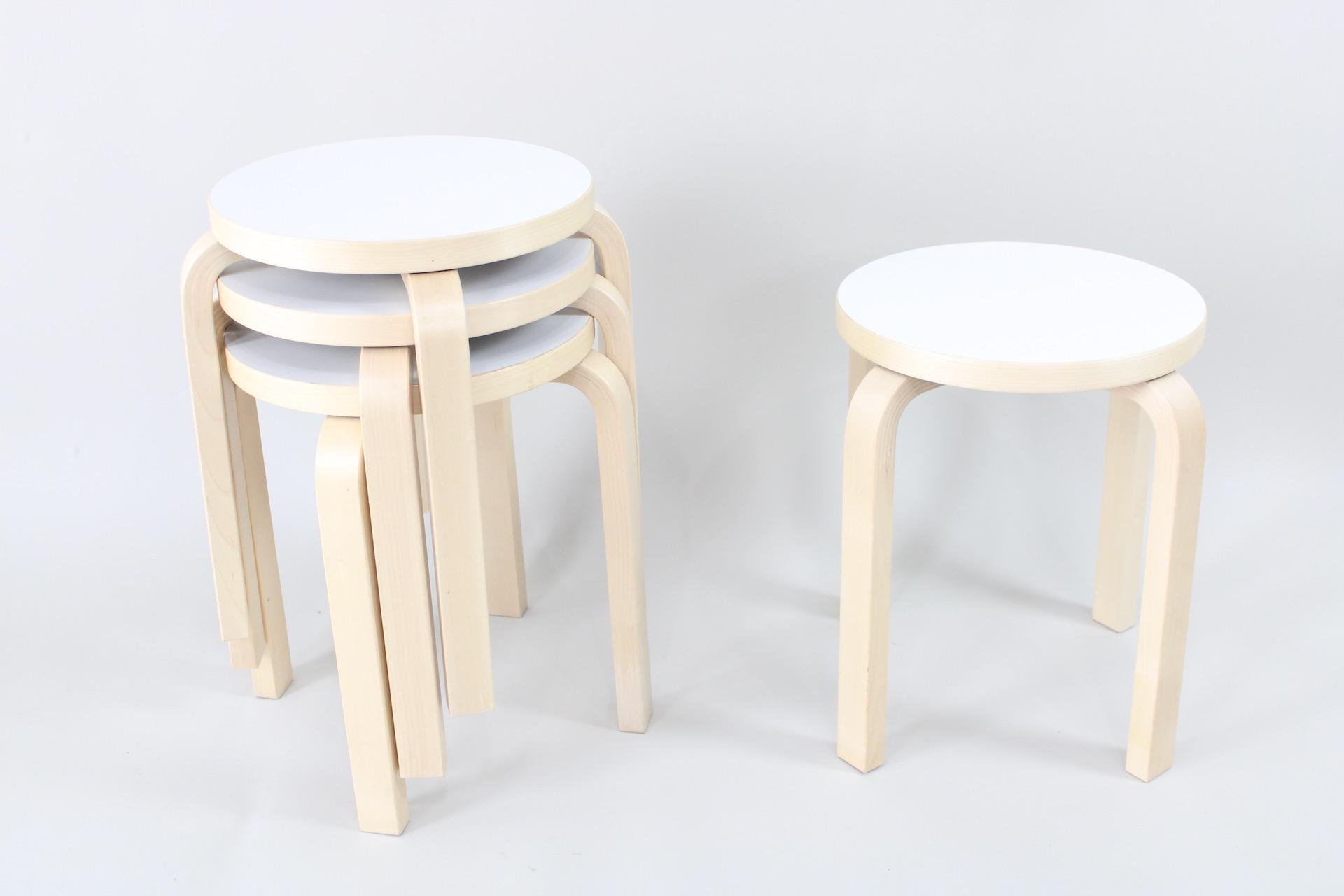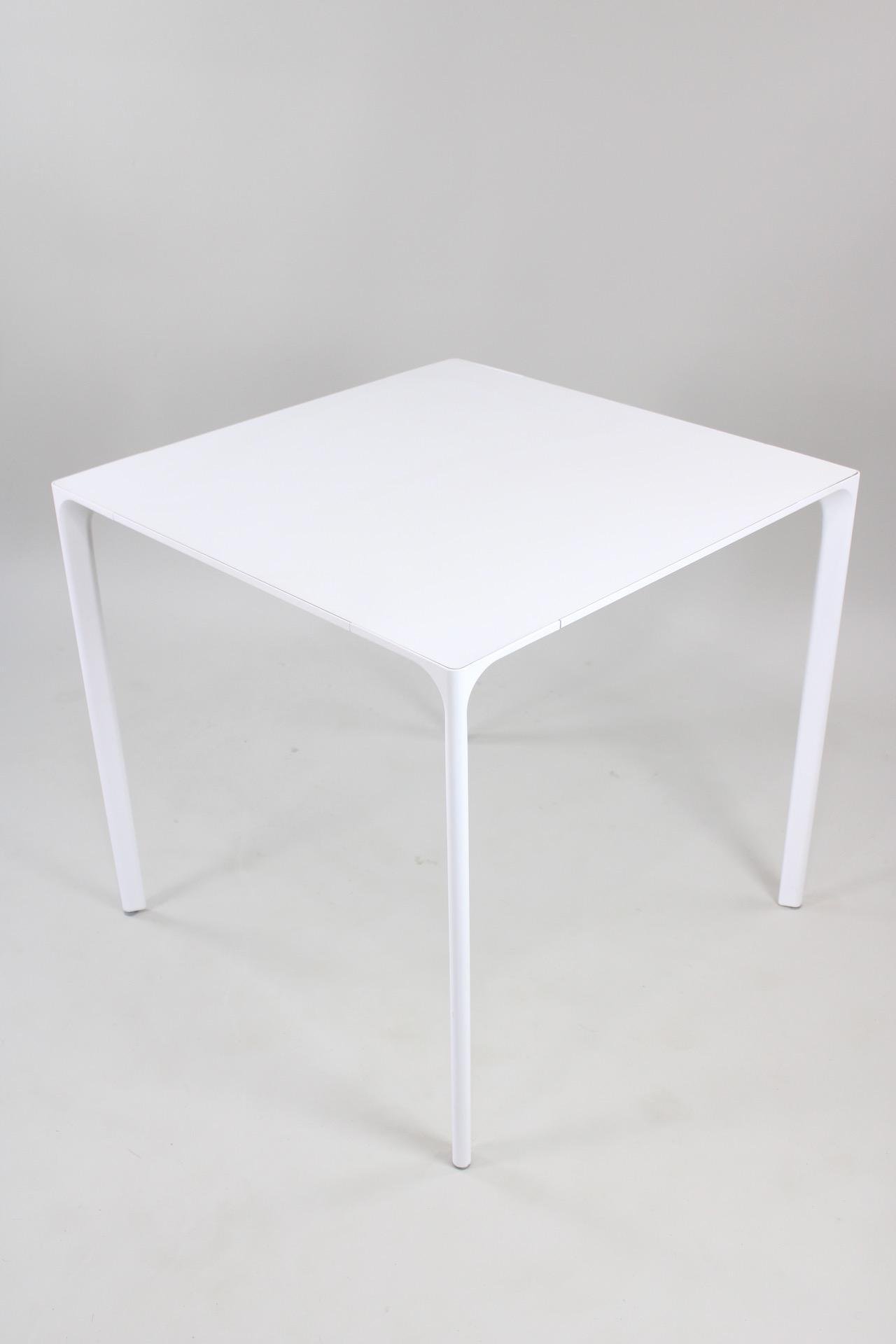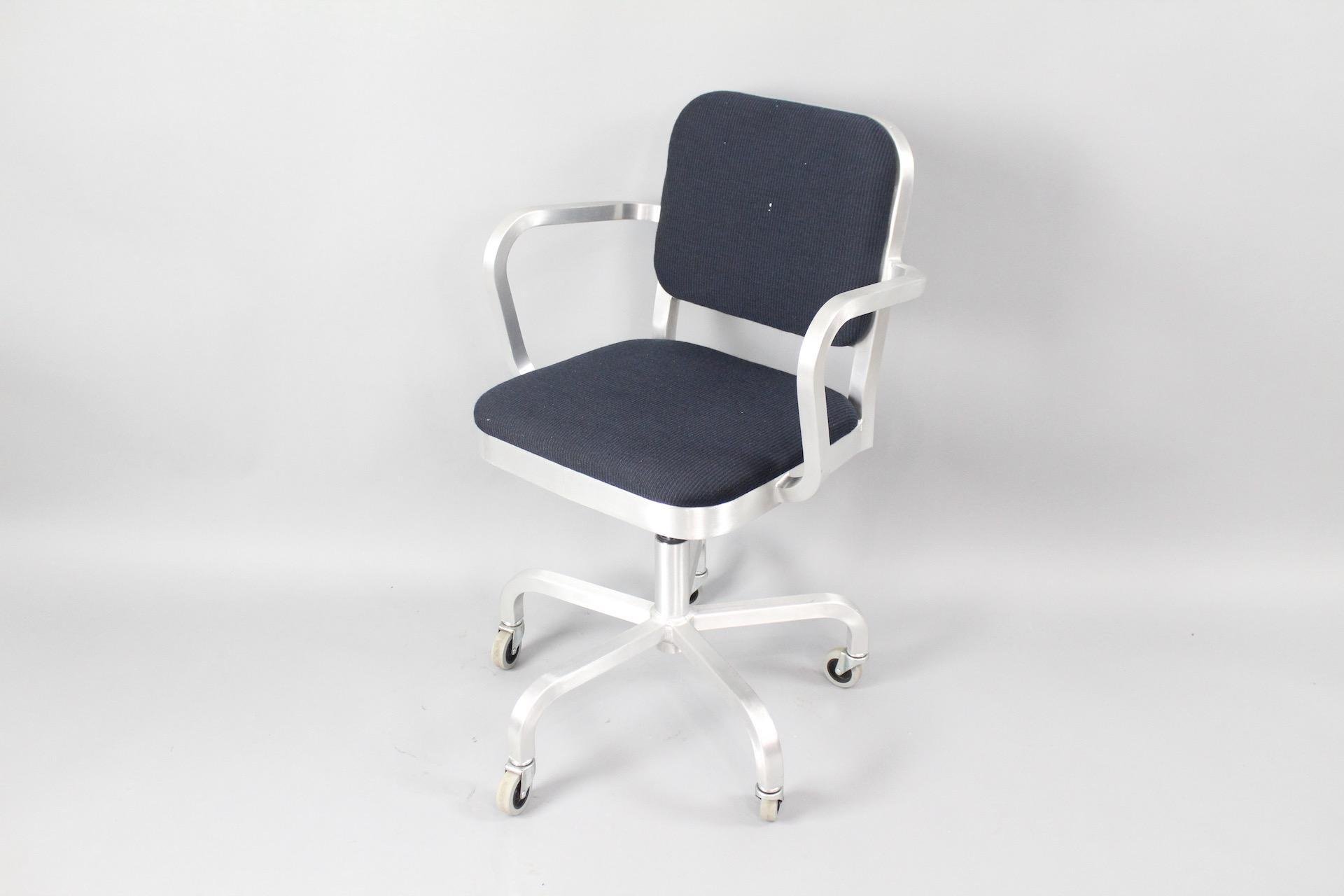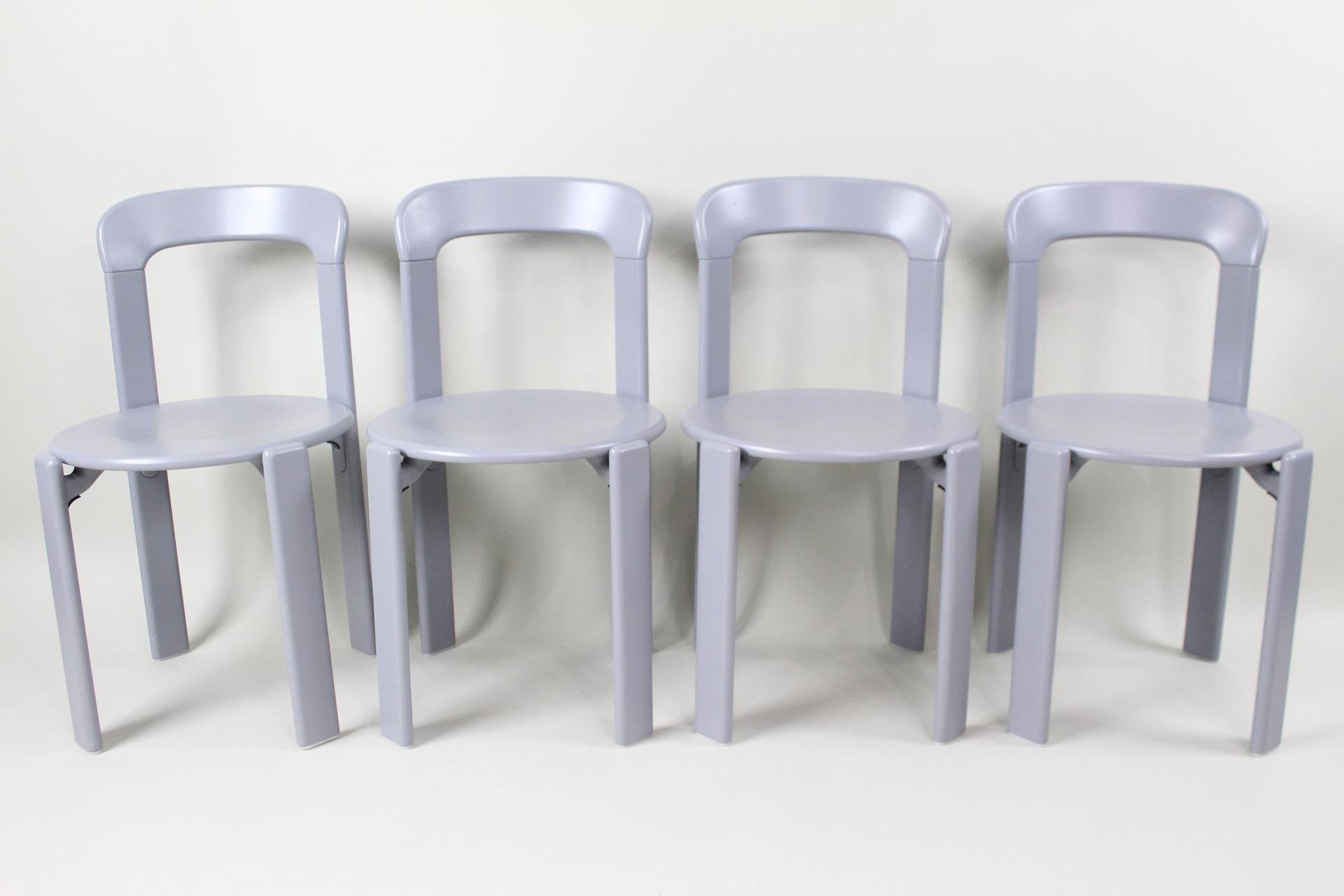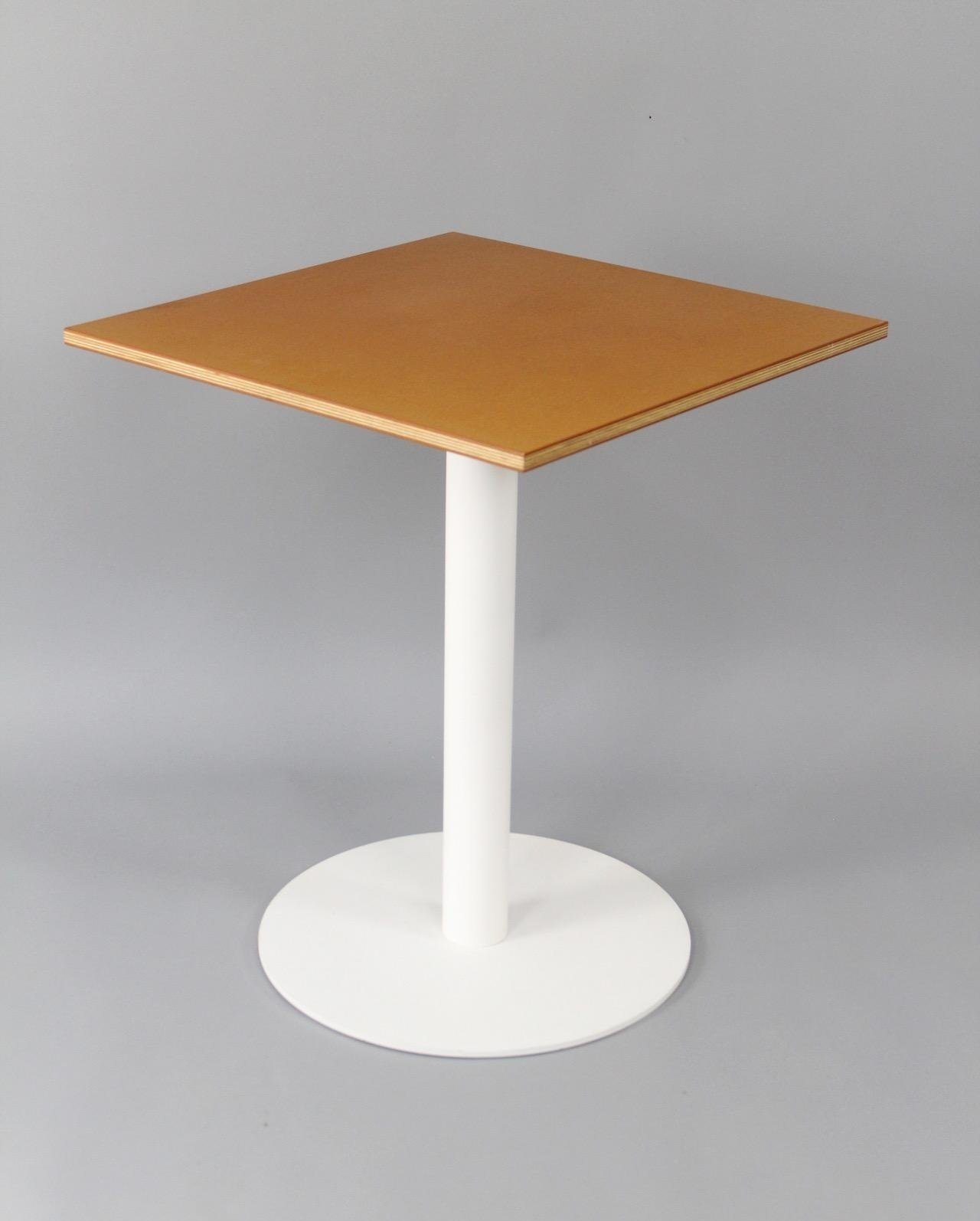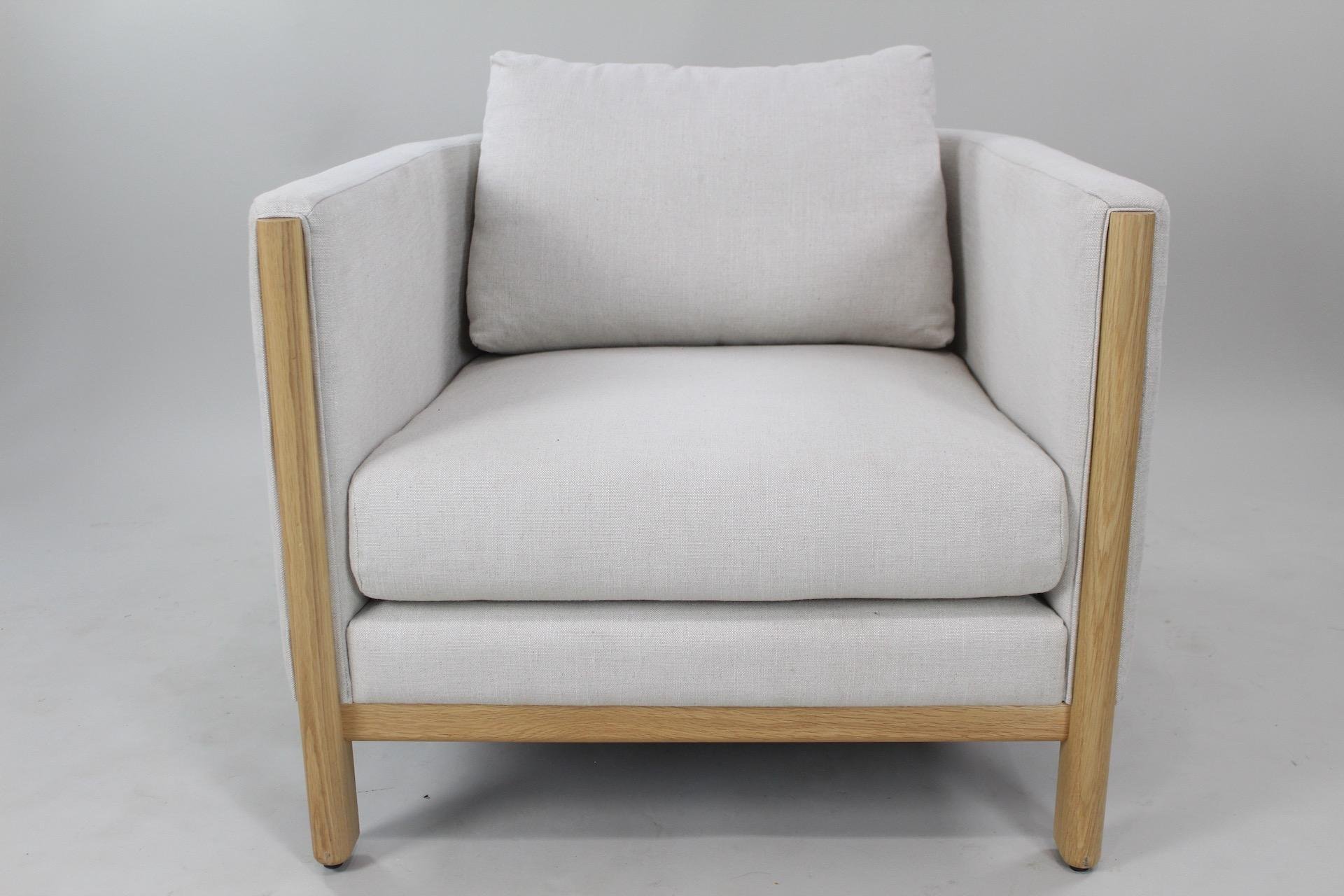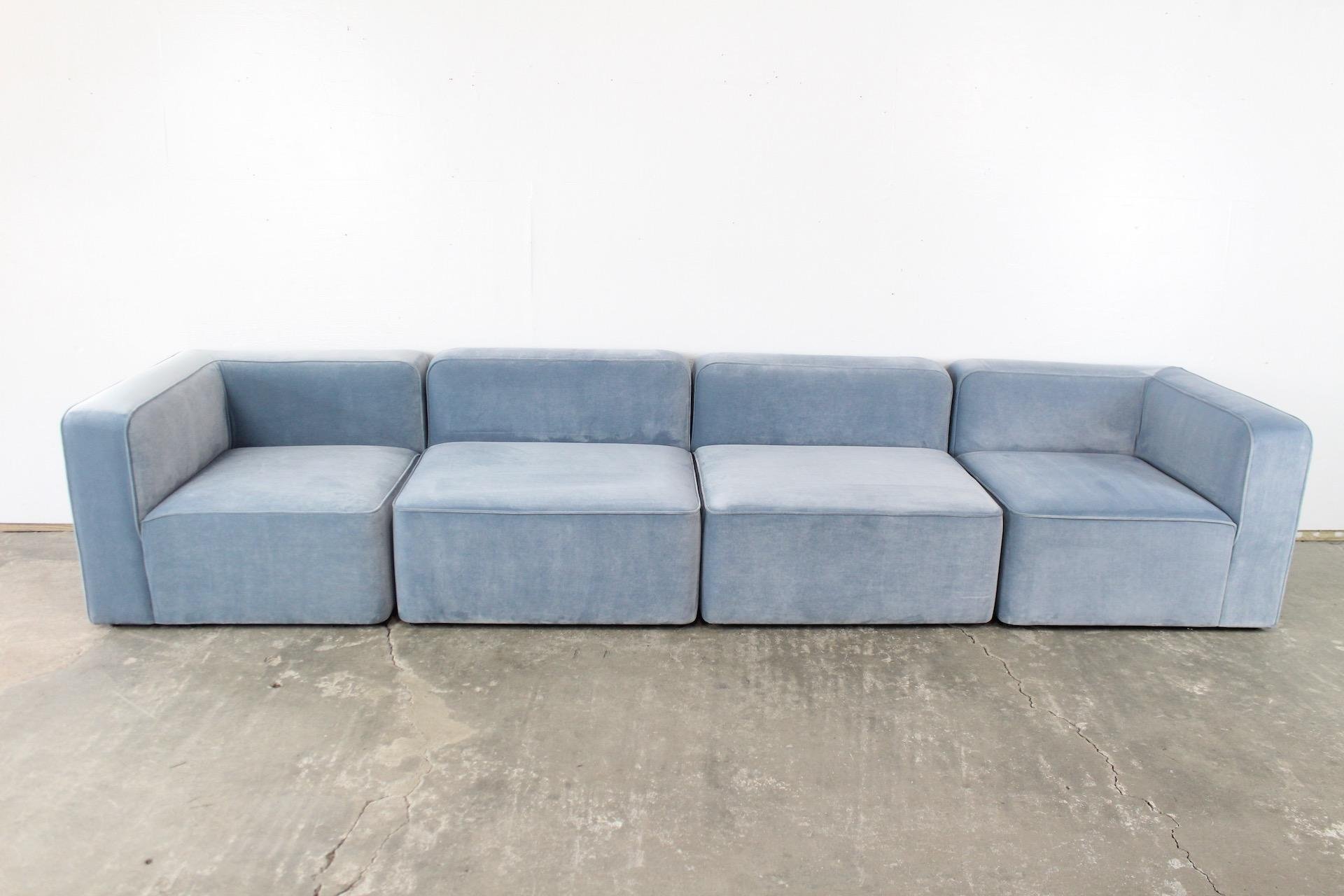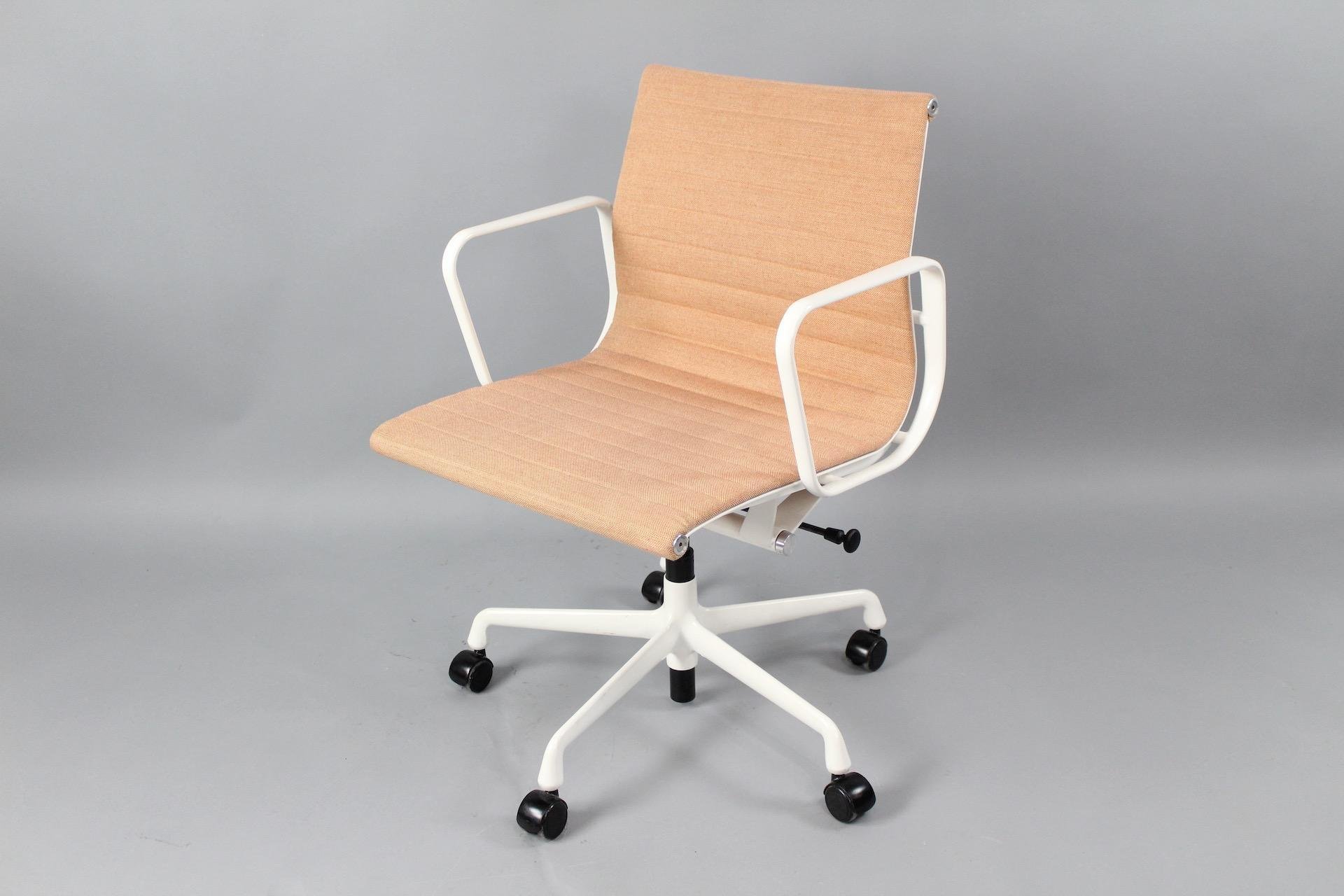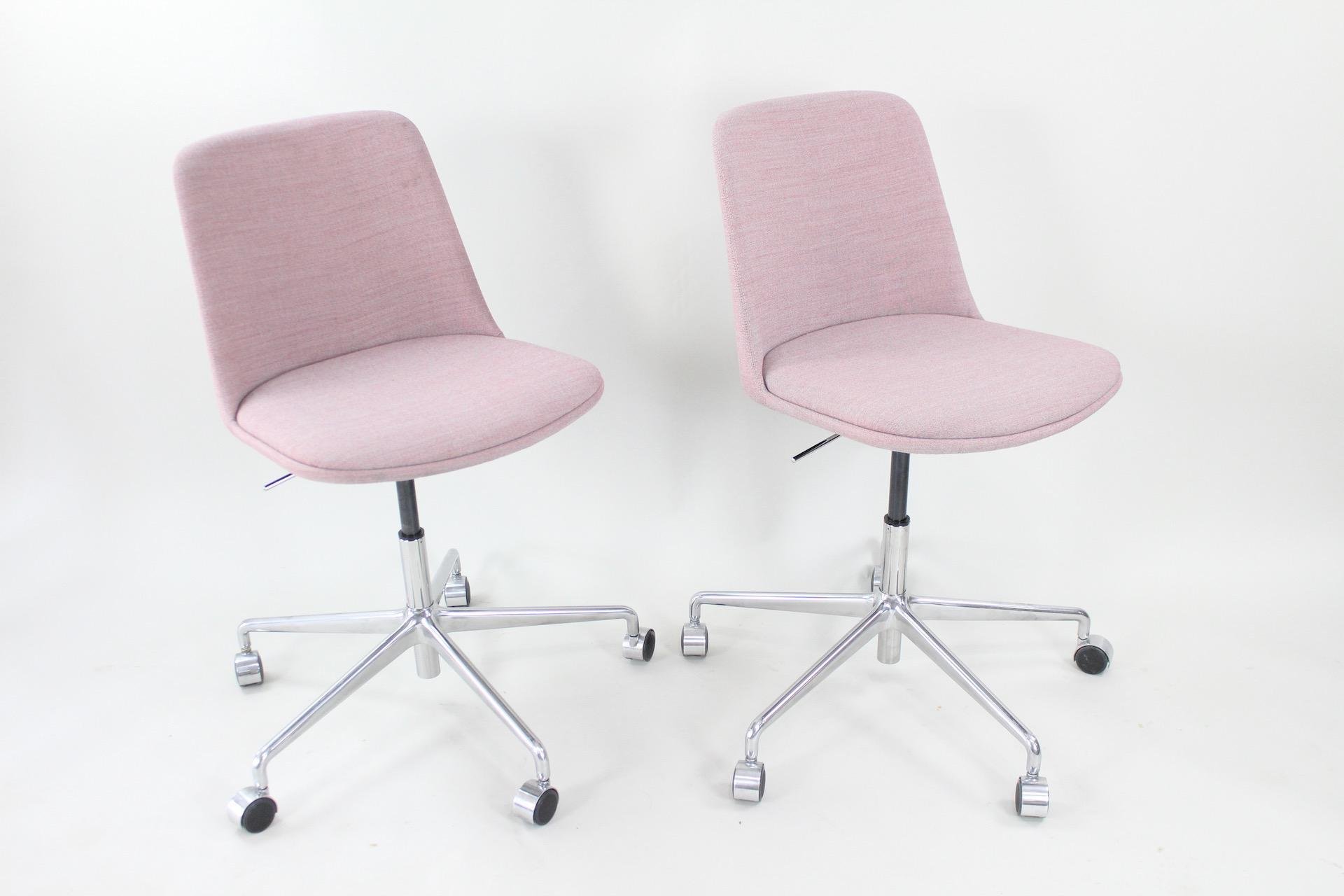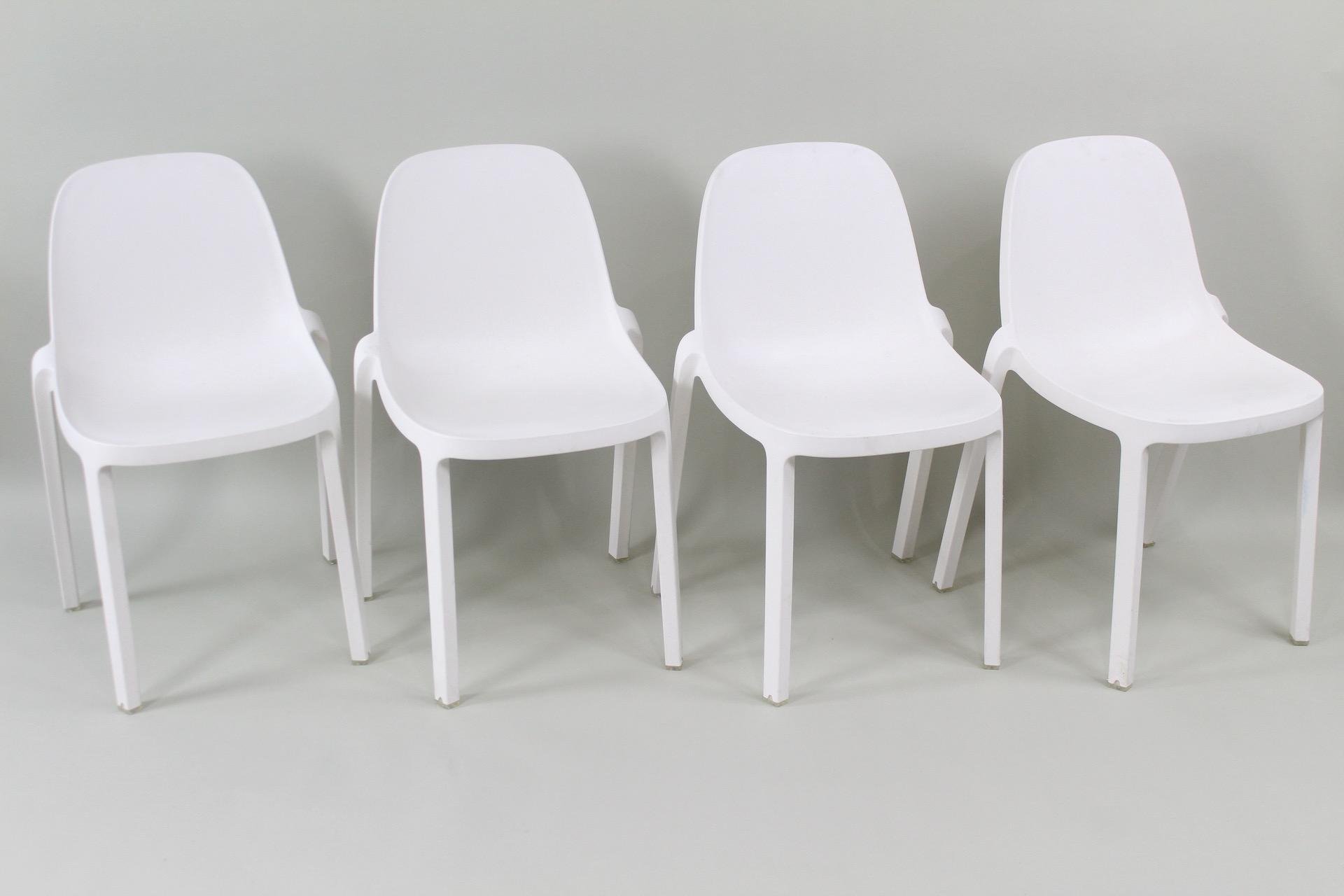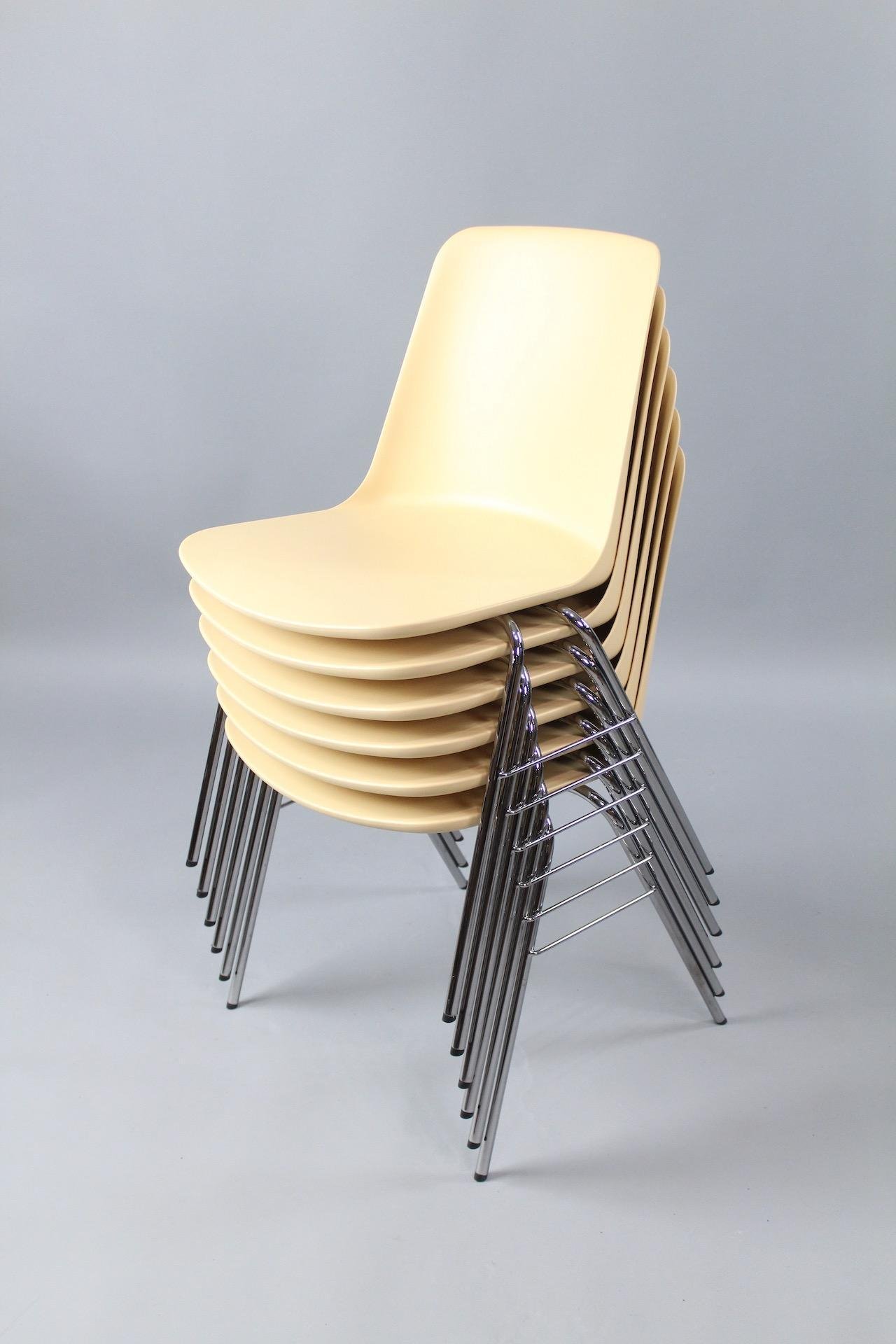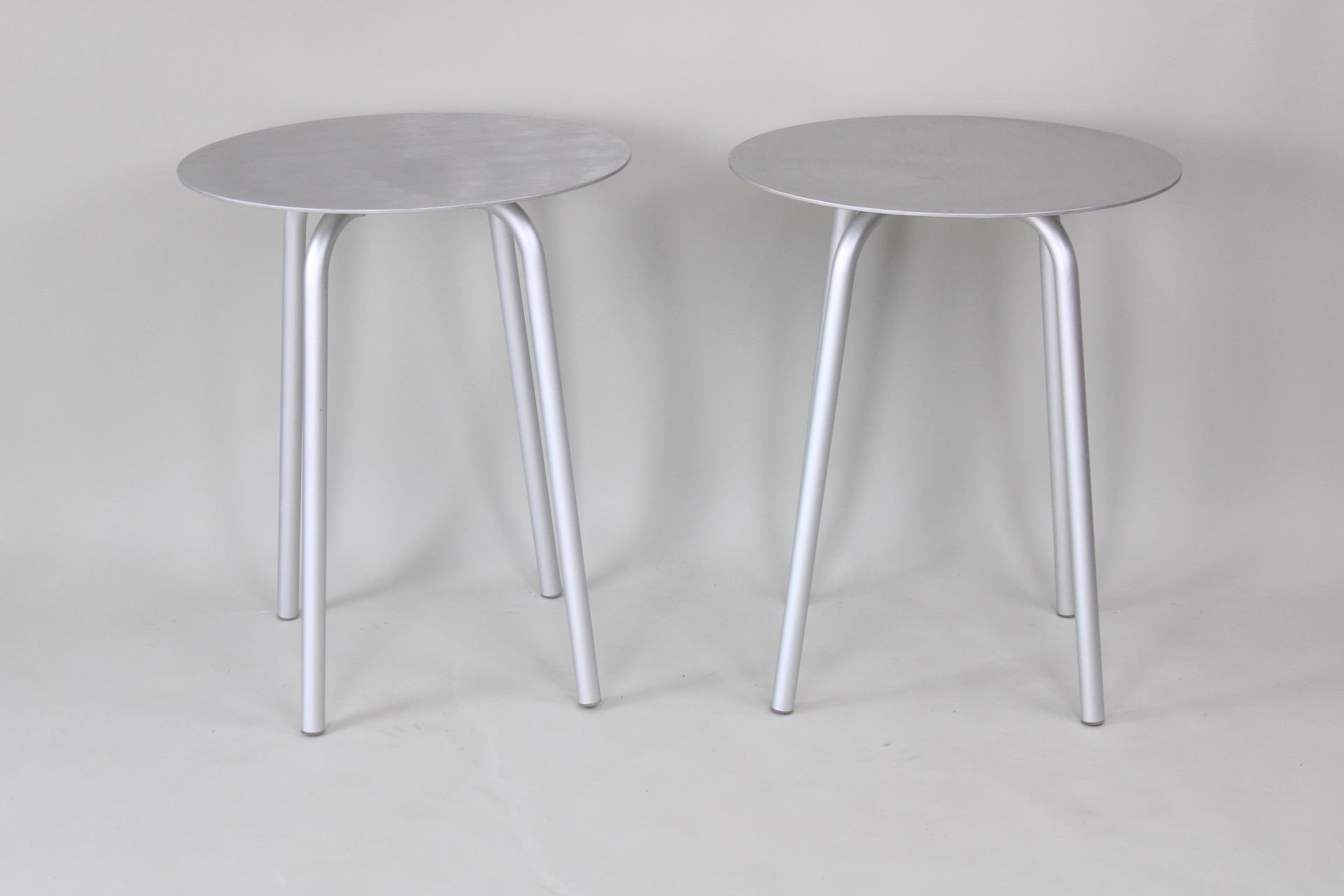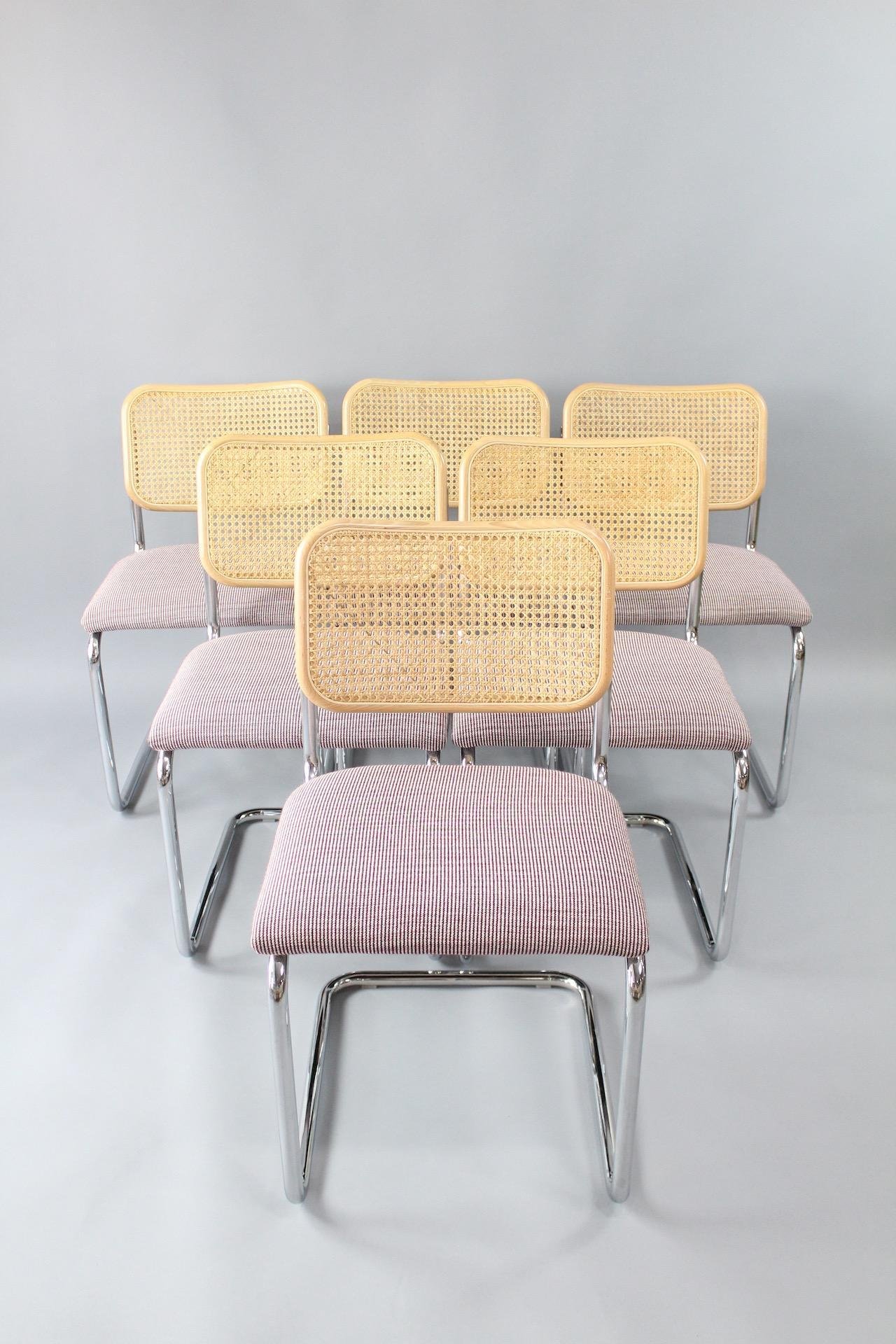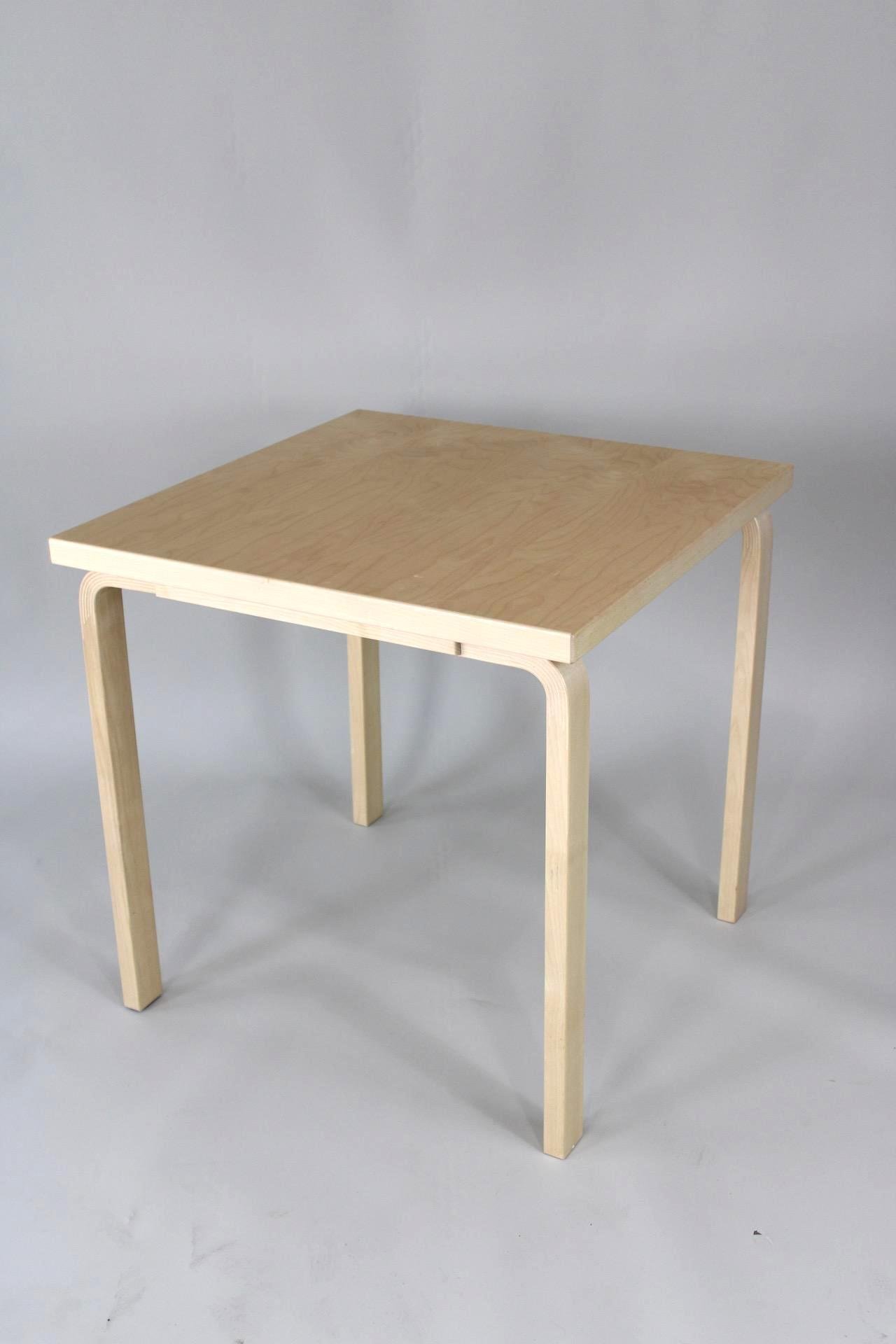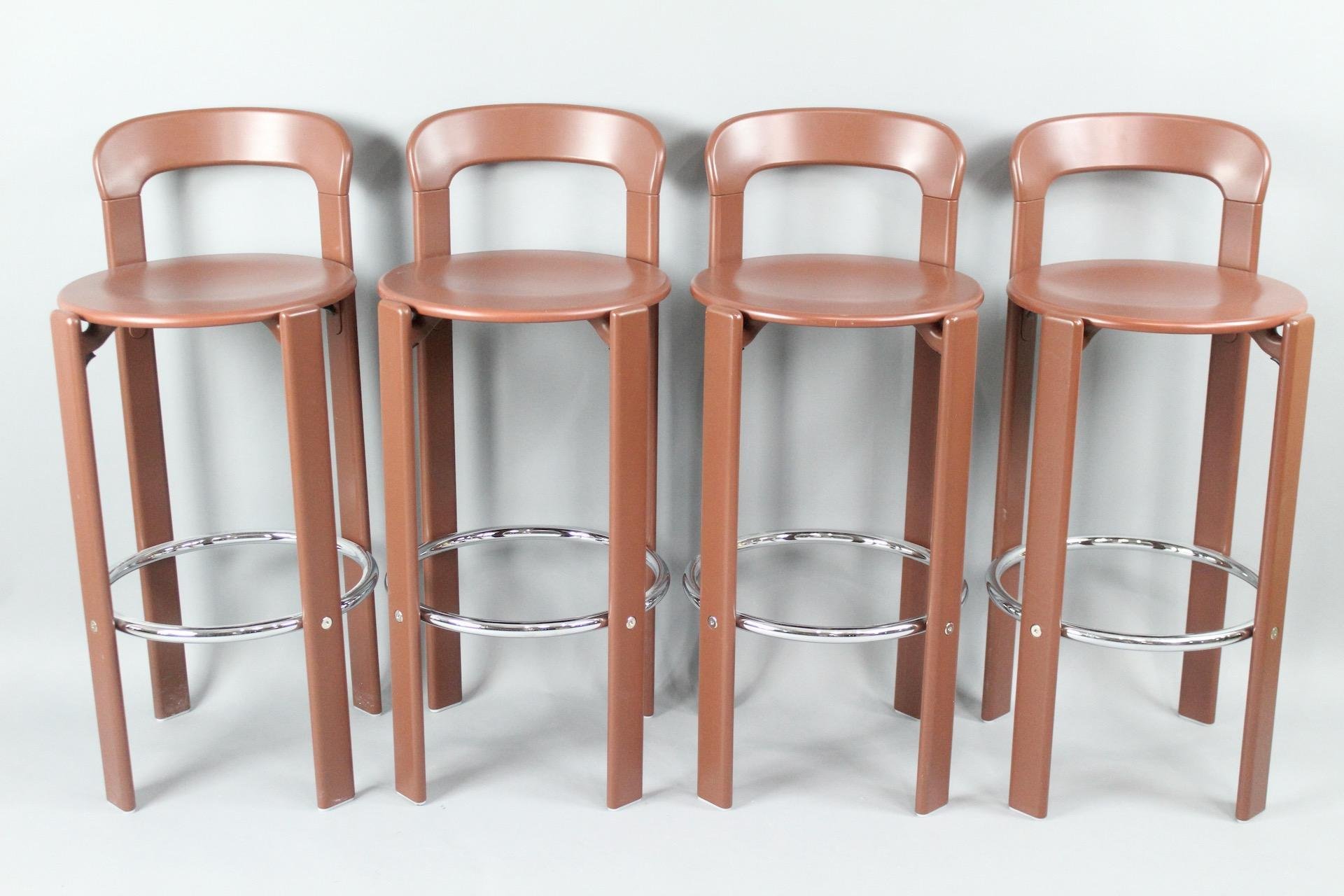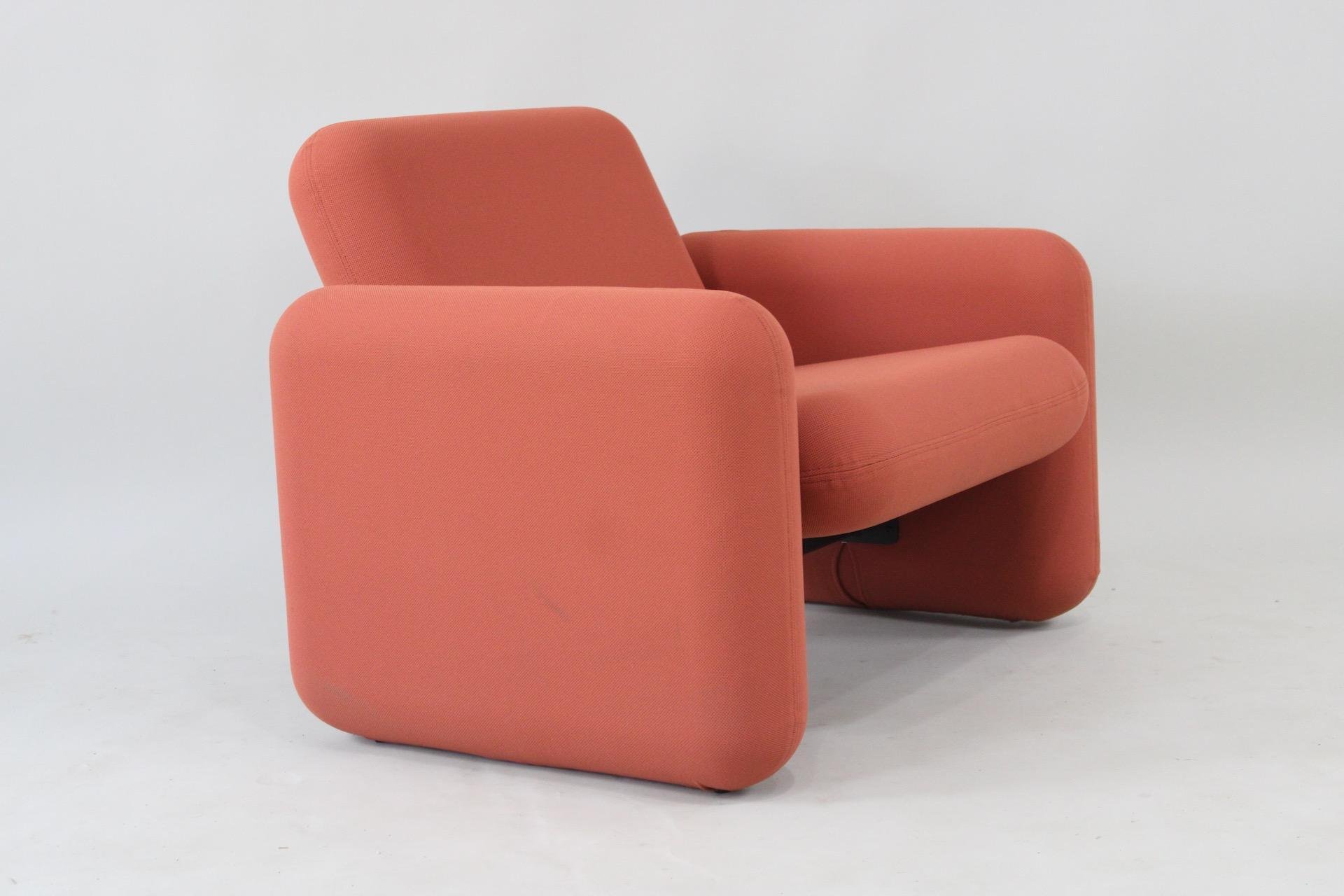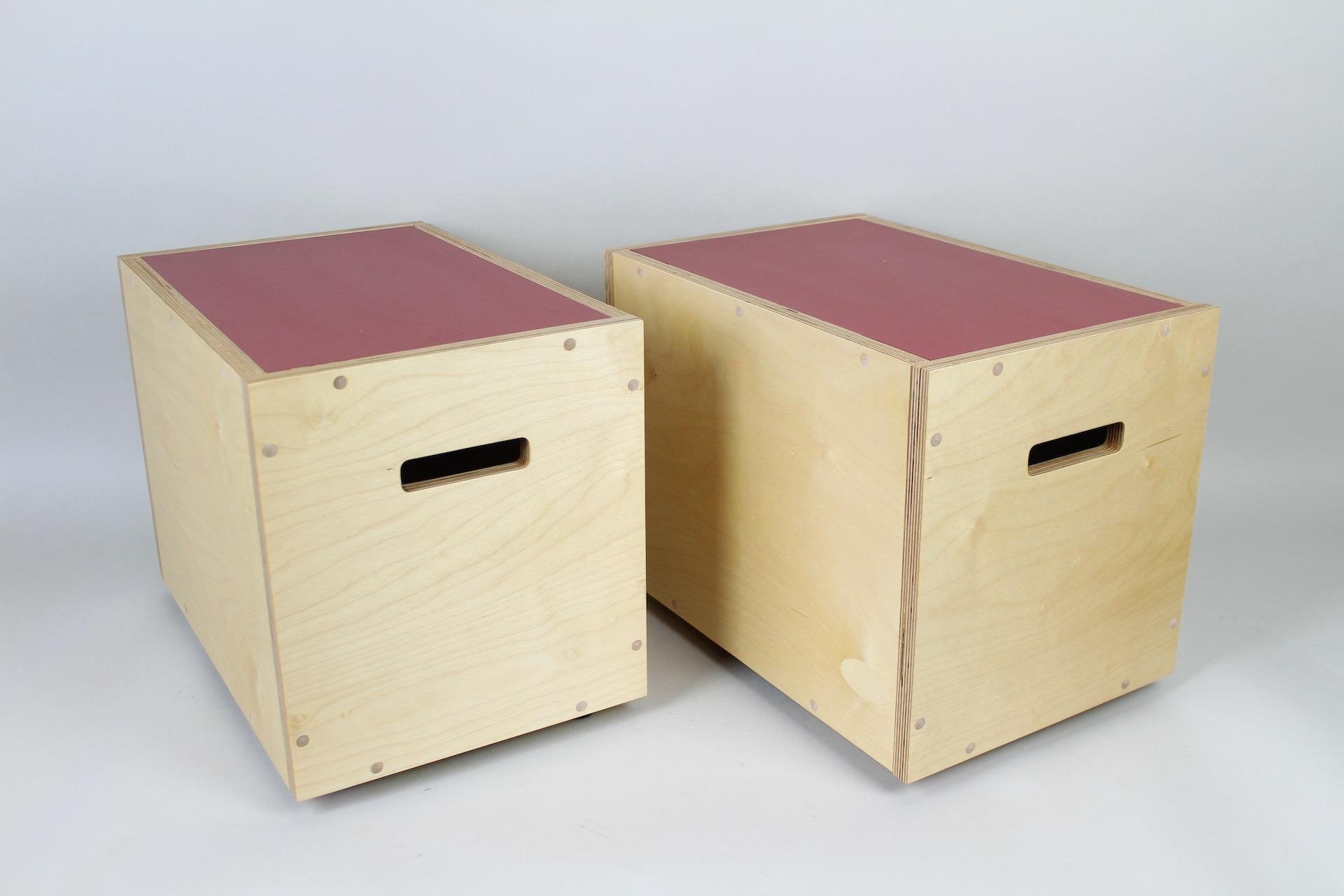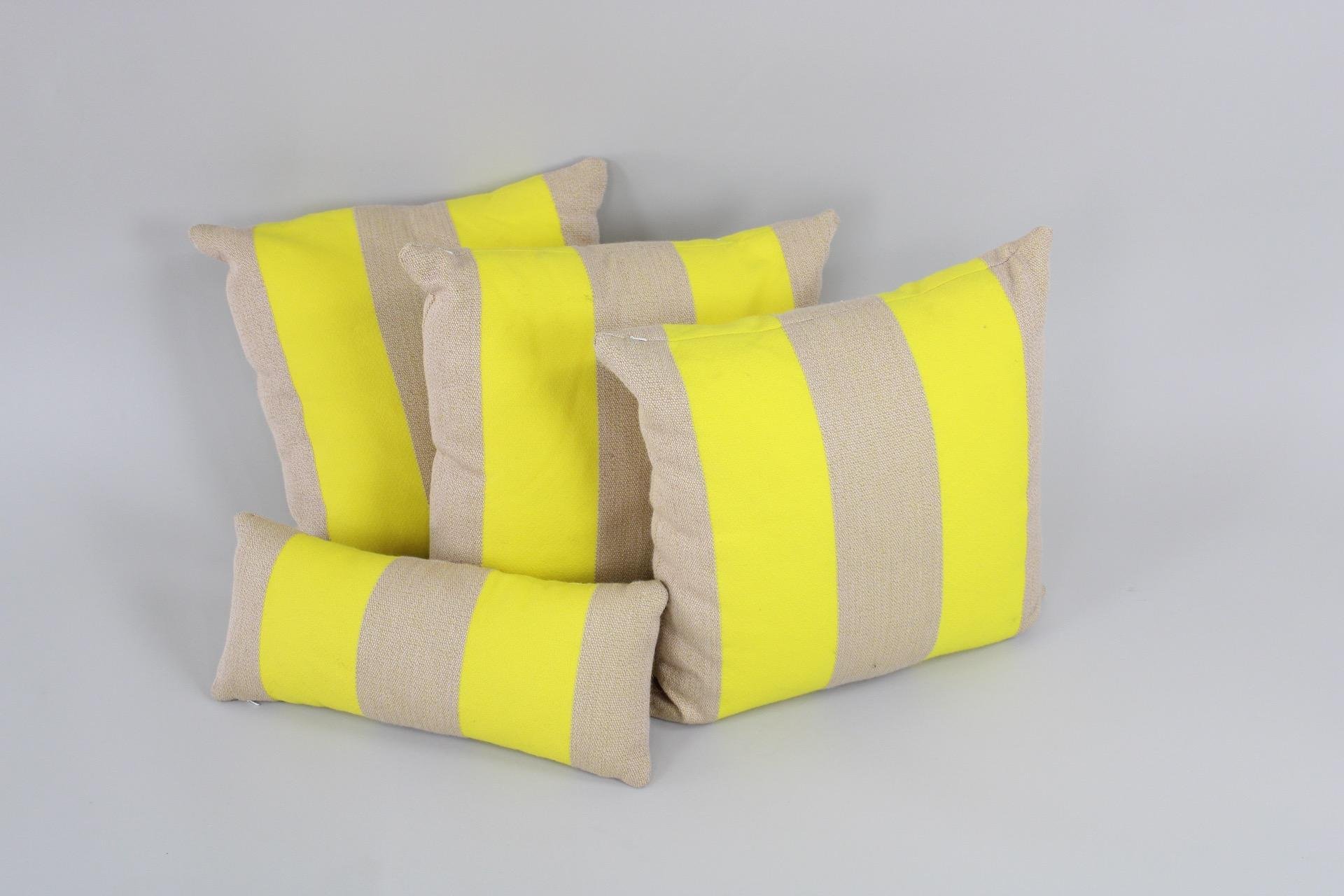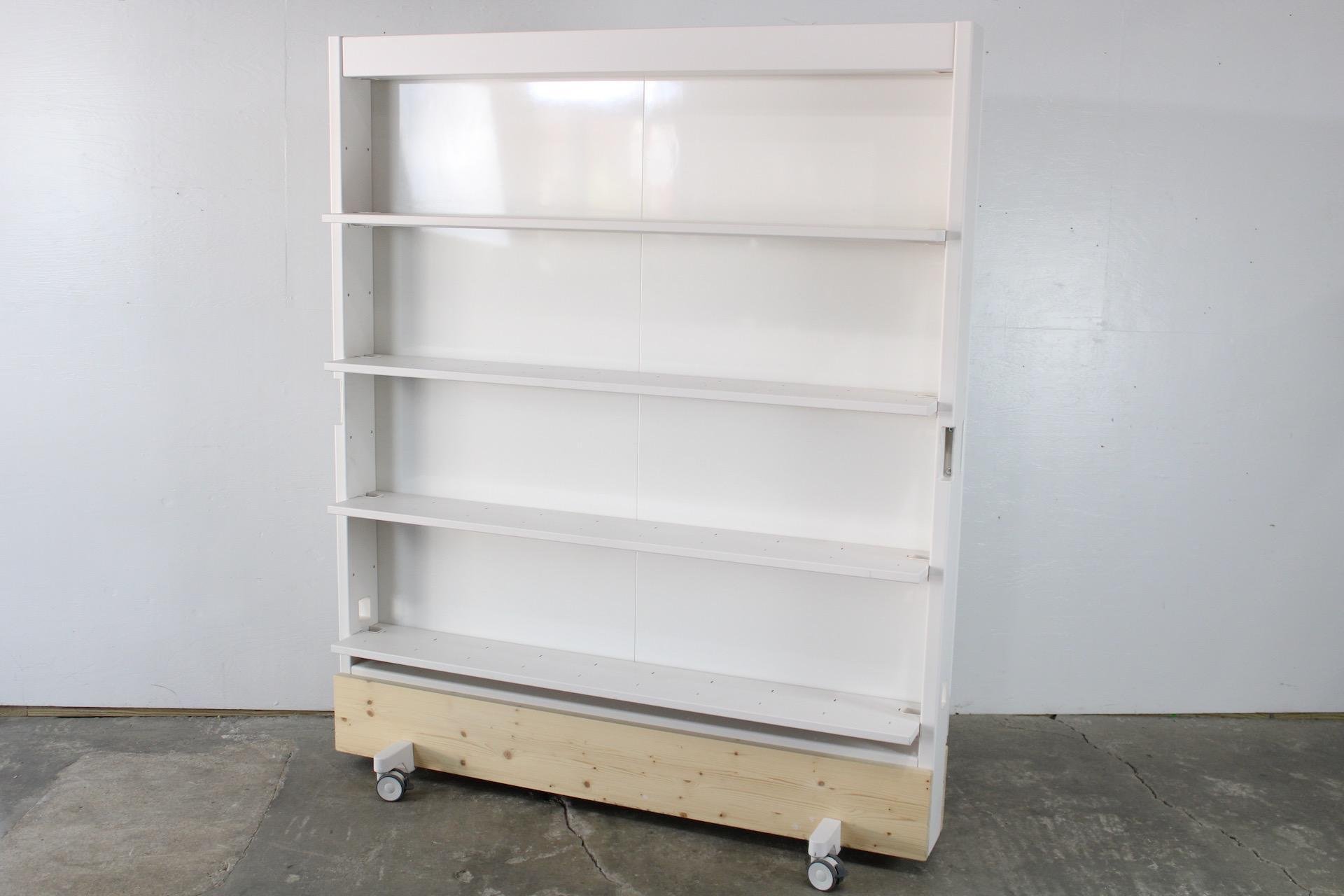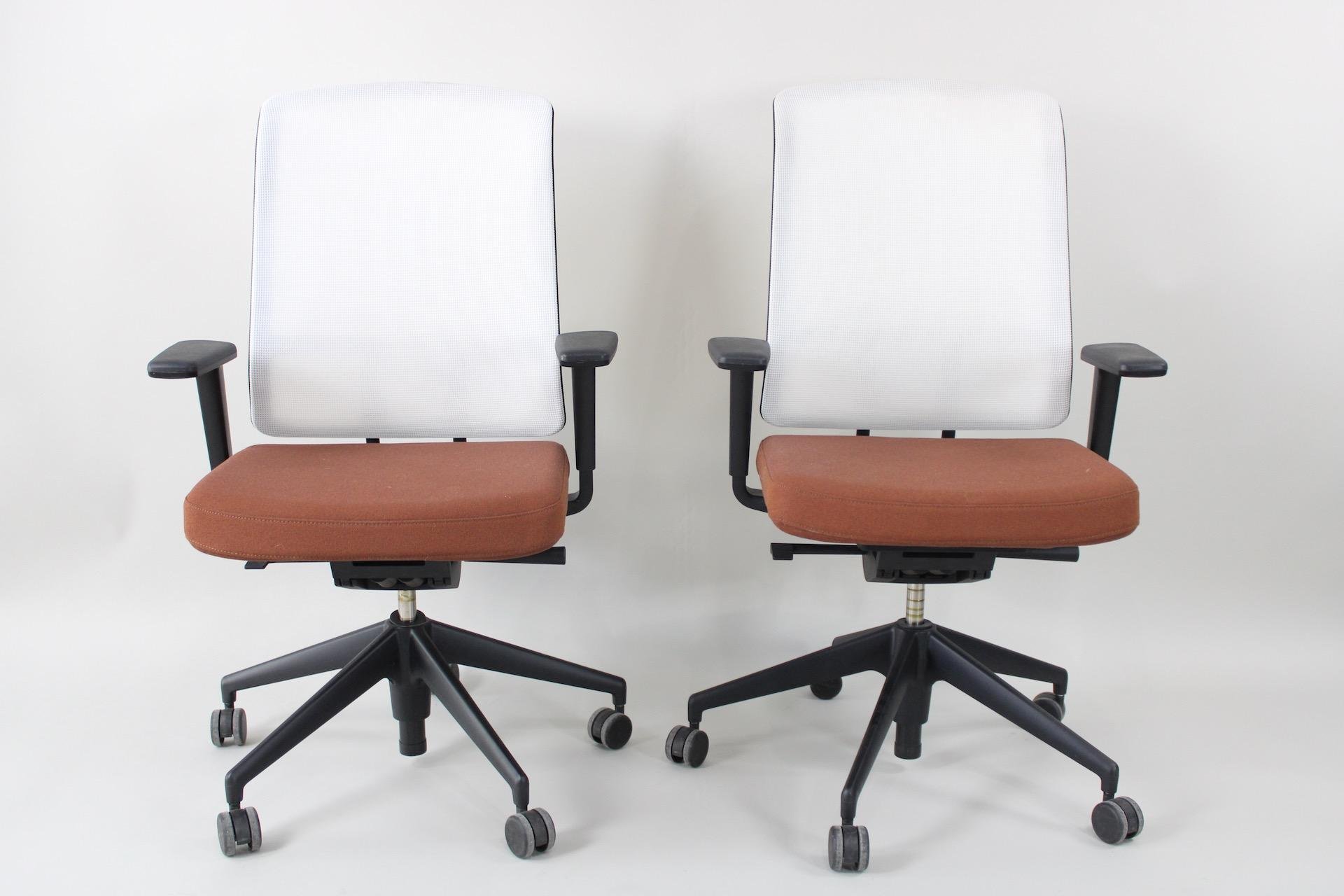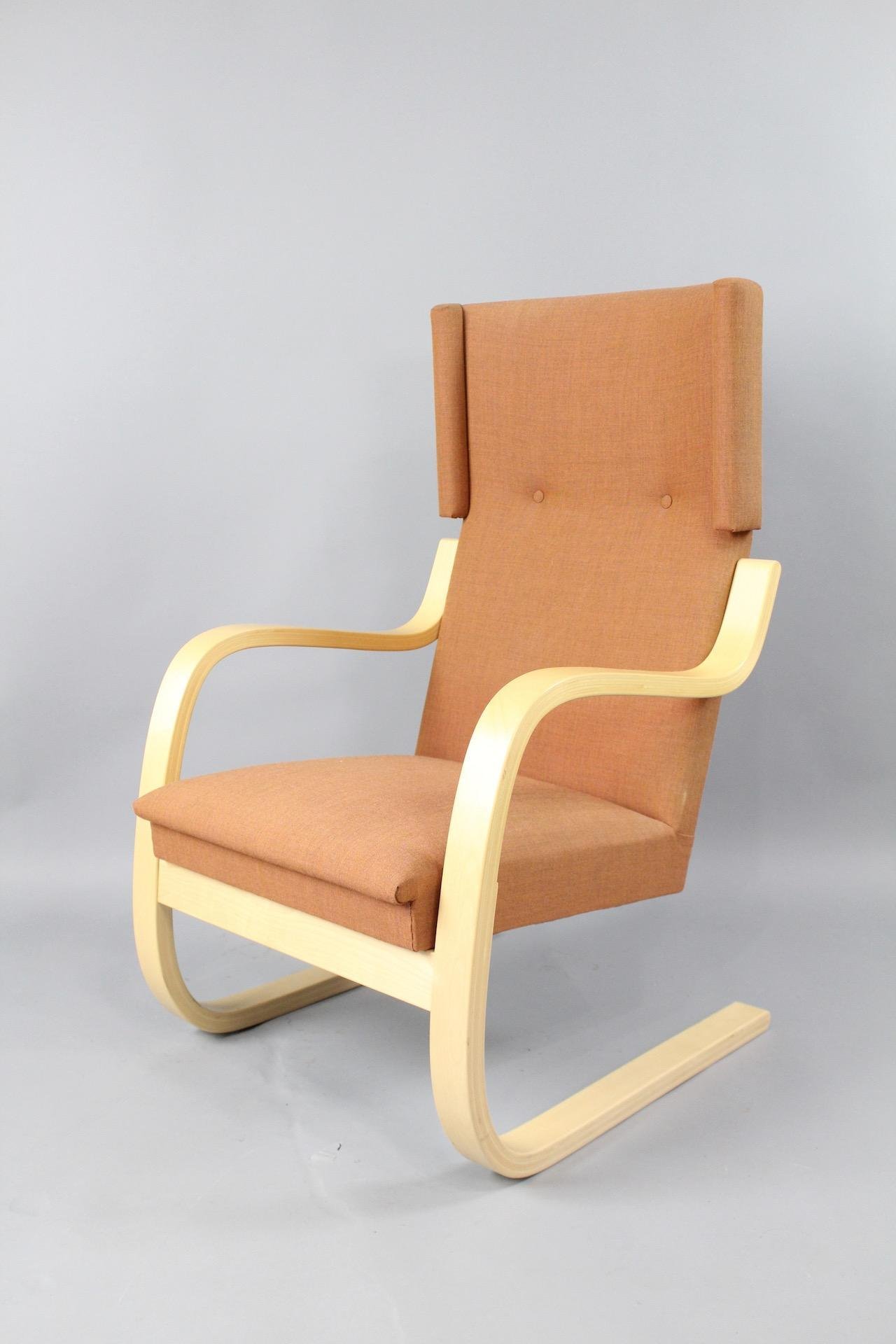Coworking and the Vibes of Designedness
Public Sale’s Cowork Modern auction takes its name from the 100+ lots that came from a coworking space that closed soon after starting—much of its furniture barely used, unused, or in some cases still boxed. Viewing the entire offering, which includes a variety of chairs and tables for different types of work, as well as dividers to help separate them, one senses the soft, cheerful vibe that this coworking space was intended to give for its occupants, with gently curving forms, blends of blonde wood, white painted and chrome finishes, and upholstery in light, airy, pastels. This aesthetic “vibes” with common notions of what gets done in spaces of “co-work”: work occurring through soft-ware platforms, involving communication of thoughts and feelings, and taking place as much in this physical space as it does in the ethereal infrastructure we call “the cloud.”
The history of modern office design is often told as a story about tensions between openness and closedness, rigidity and flexibility, uniformity and hybridity, centralization and distribution, individual and collaborative work, and employee efficiency and well-being. There are many ways to parse these antagonisms and how workplace cultures and industry trends have struck various balances between them. But regardless of where a workplace fits between these categories, one might also ask: how does a worker’s awareness of design influence their work?
Do you appreciate doing your work in a space whose interior feels “designed”? Does it make your time there more comfortable, or your work better? Do you appreciate being a kind of living accessory to an artful arrangement of objects? Does it matter to you if you are sitting in a name brand capital-D Designer’s chair, like Aalto, Starck, Baughman, or Eames? It matters to the person responsible for procuring furnishings for a contemporary coworking space, or, for that matter, a dentist’s office or even a factory: surroundings are not merely designed, they can also be designed to feel designed—or not—to varying effect. An aesthetic of “designedness” can have just as much utility as the most purpose-built single-function workbench. And the history of office design might also be told as one of embracing or repudiating the work of designers—downplaying or exaggerating design, concealing it or revealing it.
These questions are as relevant for the places where we live, which for more and more people today is the same place as where we work. And modern design is right at home there.

